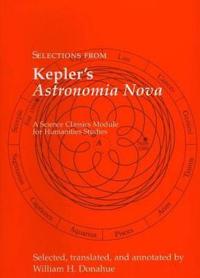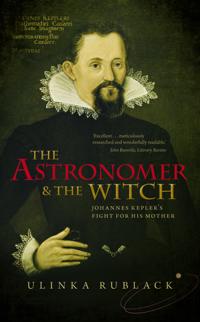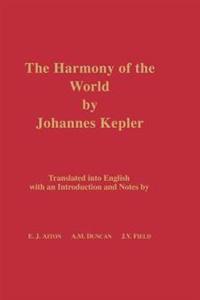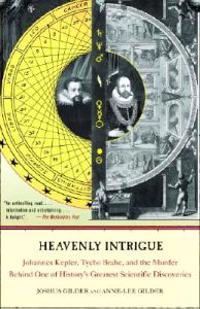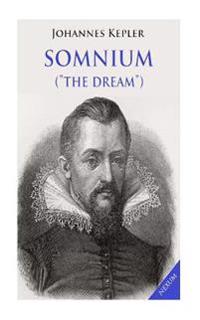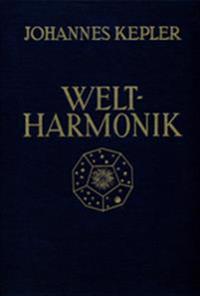Selections from Kepler's Astronomia Nova (Häftad)
avJohannes Kepler
ISBN: 9781888009286 - UTGIVEN: 2005-03Johannes Kepler wrote Astronomia Nova (1609) in a singleminded drive to sweep away the ancient and medieval clutter of spheres and orbs and to establish a new truth in astronomy, based on physical causality. Thus a good part of the book is given over to a nontechnical discussion of how planets can b[...]
Johannes Kepler and the New Astronomy
ISBN: 9780190287740 - UTGIVEN: 2001-10Johannes Kepler (1571-1630) is remembered, along with Copernicus and Galileo, as one of the greatest Renaissance astronomers. A gifted analytical thinker, he made major contributions to physics, astronomy, and mathematics. Kepler was trained as a theologian, yet did not hesitate to challenge church [...]
The Astronomer and the Witch: Johannes Kepler's Fight for His Mother (häftad)
ISBN: 9780198736783 - UTGIVEN: 2017-12Johannes Kepler (1571-1630) was one of the most admired astronomers who ever lived and a key figure in the scientific revolution. A defender of Copernicus' s sun-centered universe, he famously discovered that planets move in ellipses, and defined the three laws of planetary motion. Perhaps less well[...]
Johannes Kepler Life and Letters (Häftad)
avCarola Baumgardt, Jamie Callan, Albert Einstein
ISBN: 9780806530963 - UTGIVEN: 195301The Harmony of the World by Johannes Kepler: Translated Into English with an Introduction and Notes
ISBN: 9780871692092 - UTGIVEN: 1997-12Johannes Kepler: Giant of Faith and Science (Häftad)
avJohn Hudson Tiner, Rod Burke
ISBN: 9780915134113 - UTGIVEN: 1977-06A biography of the German astronomer who discovered three laws of planetary motion.
Somnium (the Dream): Posthumous Work on Lunar Astronomy (Häftad)
avJohannes Kepler
ISBN: 9781512296167 - UTGIVEN: 2015-06The Epitome of Copernican Astronomy and Harmonies of the World (Häftad)
avJohannes Kepler
ISBN: 9781573920360 - UTGIVEN: 1995-11The brilliant German mathematician Johannes Kepler (1571-1630), one of the founders of modern astronomy, revolutionised the Copernican heliocentric theory of the universe with his three laws of motion: that the planets move not in circular but elliptical orbits, that their speed is greatest when nea[...]
Weltharmonik (Övrigt)
avJohannes Kepler
ISBN: 9783486580464 - UTGIVEN: 2006-05Das epochemachende Werk des großen deutschen Astronomen liegt nun in einem sorgfältig ausgestatteten Nachdruck vor. Kepler hat sich viele Jahre mit der Frage nach dem Zusammenhang zwischen Umlaufzeit und Abstand eines Planeten von der Sonne beschäftigt und vermutet, dass der Aufbau des Planetensy[...]

